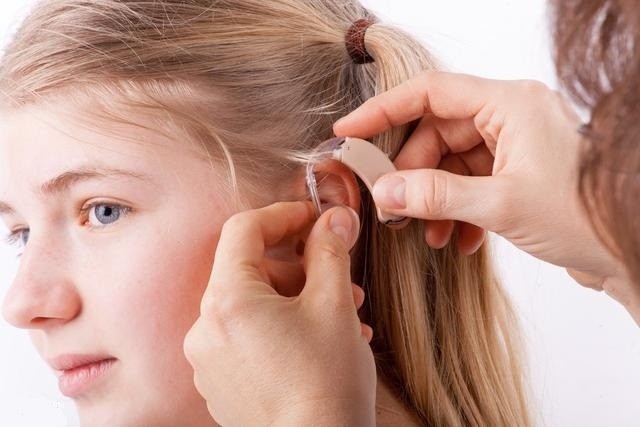What do these reactions mean when children wear hearing aids?
First, the following reaction occurs - may indicate that the maximum sound output is too high
1. Refuse to wear a hearing aid;
2. When a loud sound suddenly appears, it feels uncomfortable or has a painful expression;
3. Headache;
4. Feel tired after wearing a hearing aid;
5. After school, pick up the hearing aid;
6. Often repeatedly adjust the volume of the hearing aid up and down;
Second, the following reaction occurs - may suggest that the maximum sound output setting is too low
1. Not sensitive to sound reactions;
2. Under the premise of hearing loss, it is too dependent on other readings such as lip reading or vision;
3. The volume is often placed full, the child has no discomfort;
4. When giving a strong voice, the child feels no significant change in loudness;
Third, the following reaction occurs - it may indicate that the frequency response and gain of the hearing aid do not match the hearing loss of the child, and need to be debugged at the professional fitting center
1. Slow or no response to sound;
2. Feeling uncomfortable with certain stimuli;
3. Relying on other stimuli such as lip reading or vision;
4. Complain that there is vibration in the hearing aid;
5. Refuse to wear a hearing aid.

category
